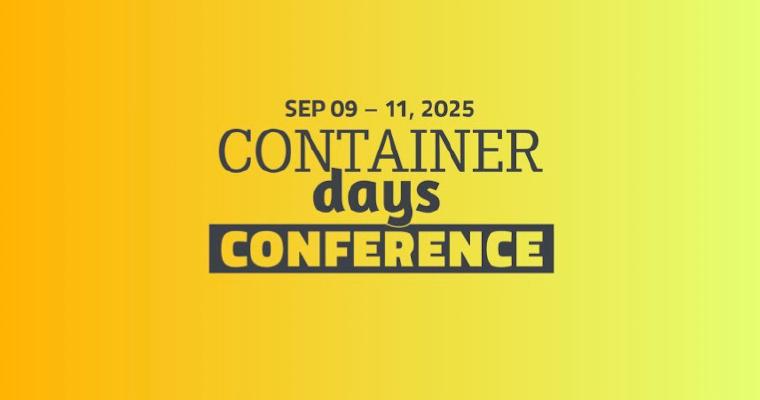Since containers are inherently designed to exist only when needed, backing them up requires special considerations.
A Container Management Solution that’s also for Backups
The Kubermatic Kubernetes Platform (KKP) sets the standard for managing container backups efficiently. In addition to essential features like role-based access control (RBAC), authentication, real-time logging, and SSH key management, KKP includes automated backup capabilities. Our latest release, version 2.25, enhances the management of Kubernetes clusters and persistent volumes, ensuring seamless backups, restorations, and migrations across both on-premises and public cloud environments. Regular backups and the deletion of outdated backups, can be fully automated, removing the need for tedious manual tasks.
KKP utilizes the Kubernetes backup tool Velero and, by leveraging this Kubernetes API, volumes and snapshots can be created on a custom storage target. Plus, project owners can now manage all backup settings themselves, which is a significant improvement to the previous backup integration that required platform administrators to access the Kubernetes etcd database. This container backup feature is ideal for disaster recovery and the migration of Kubernetes clusters.
Four Key Aspects of Container Backup
At Kubermatic, we have several key aspects in our KKP product we feel are crucial for container backups:
1. Planning Automated Regular Backups
The KKP-Velero integration allows project owners to centrally manage user cluster backups through a simple interface. They can define multiple cluster backup storage locations as needed and assign them to user clusters. Backup schedules can be defined per cluster to ensure timely backups and restorations.
2. Secure Storing of Backups Separately from the Cluster
The KKP interface enables project owners to manage all cluster backup storage locations, usable by all clusters in the same project. When cluster backup is enabled for a user cluster, KKP deploys a managed instance of Velero on the user cluster and passes the necessary Velero BackupStorageLocation to the user cluster, with a specific prefix to avoid collisions with other user clusters using the same storage.
3. Backing Up Namespaces Separately for Better Granularity
Project owners can choose to back up and restore specific namespaces within the clusters. When creating a backup, they can select the namespaces they want to include from a dropdown list fetched directly from the cluster. Users need to create namespaces before configuring the backup. Users can set the backup expiration period, which defaults to 30 days, and decide whether to back up persistent volumes.
4. Regularly Testing Restorations
When creating a restoration, users can easily set a name for the restoration request and select the namespaces they want to restore. It is possible to track the restoration status and regularly verify if the restoration works as intended.
Conclusion
Utilising KKP from Kubermatic, companies can now expand their container strategy and build a reliable backup strategy to enable the restoration of business data in case of an emergency.






